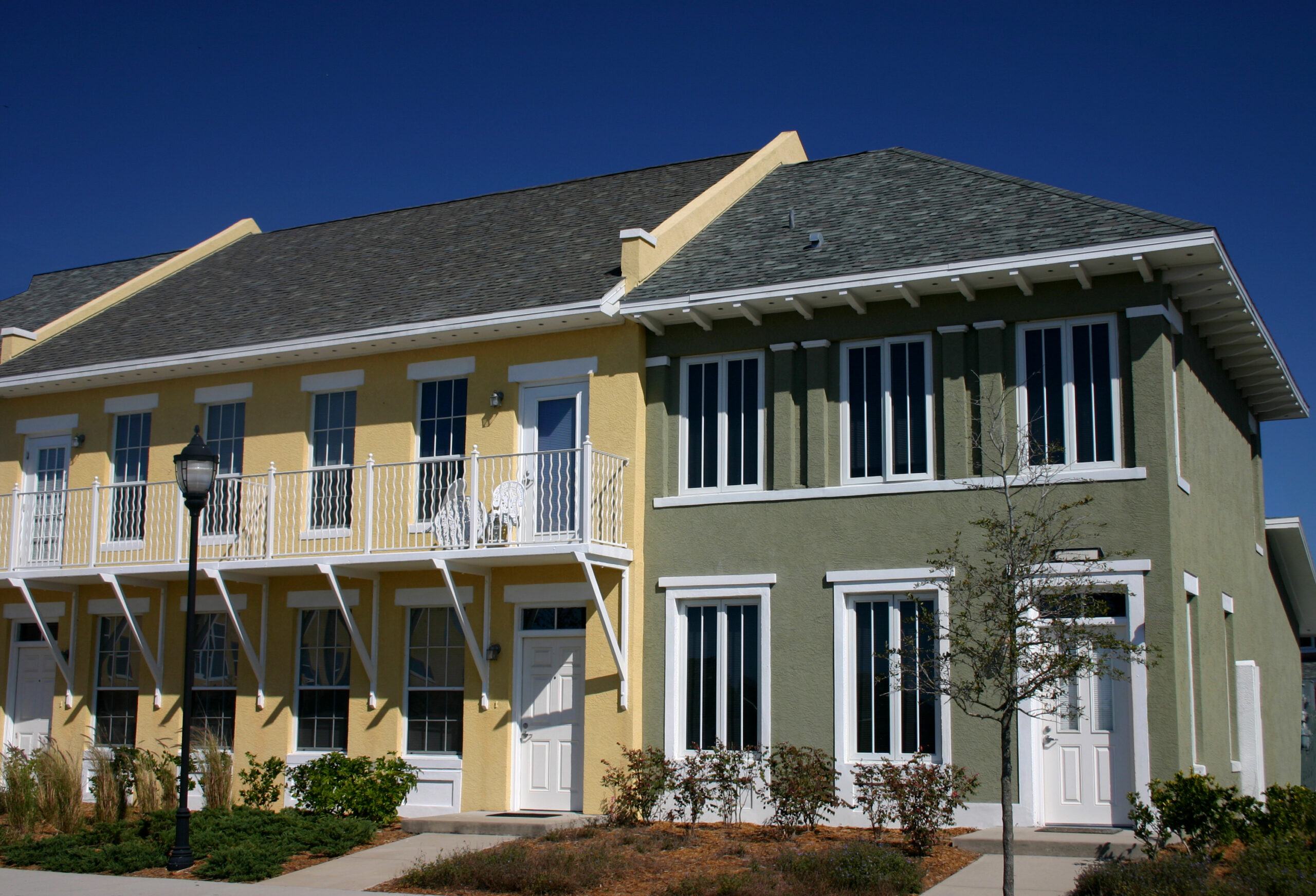FHFA Loan Caps for 2025: What Multifamily Borrowers Need to Know

- The Federal Housing Finance Agency (FHFA) set its 2025 combined volume cap for Fannie Mae and Freddie Mac loan purchases at $146 billion, about a 4% increase from 2024.
- Workforce housing loans will continue to be exempt from the 2025 volume caps.
- FHFA’s mission-driven lending initiative will remain a stated priority to encourage affordable housing development.
The Federal Housing Finance Agency (FHFA) announced a $3 billion boost to Fannie Mae and Freddie Mac’s volume cap for loan purchases in 2025 to $146 billion ($73 billion for each agency). This increase in FHFA loan caps for 2025 aligns with industry expectations, given the anticipation of improving market conditions and lending activity expected in a lower interest rate environment. Next year’s cap for the Government-Sponsored Entities (GSEs) is an increase of approximately 4% from the $140 billion limit set for 2024.
FHFA Loan Caps for 2025 Expand as Market Conditions Improve
“The cap levels should ensure that the GSEs are a viable option for lenders that finance properties that serve lower-income households and those living in rural areas,” said Mortgage Bankers Association President and CEO Robert D. Broeksmit, CMB, in a statement.
FHFA said it will continue to monitor the multifamily mortgage market and increase the caps if necessary. However, if FHFA determines that the actual size of the 2025 market is smaller than initially projected, it has pledged not to lower its cap levels.
Workforce Housing Lending Remains Exempt from Caps
In addition to the new FHFA loan caps for 2025, workforce housing loans will continue to be exempt from the volume cap. FHFA added a new mission-driven lending category in 2023 for workforce housing designed to encourage the preservation of affordable housing near places of employment, schools, and hospitals. This initiative incentivizes the financing of properties where a borrower commits to preserving affordability through rent or income restrictions for 10 years of the loan term. Affordability levels must correspond to 80% to 120% of area median income (AMI), depending on the market.
Next year, 50% of a workforce housing loan amount will be considered mission-driven if the percentage of restricted units is less than 20% of the total units in a project and 100% if the percentage of restricted units is 20% or more.
Through the third quarter of 2024 and since the workforce housing exemption took effect, the GSEs have financed more than $4.5 billion in workforce loans, more than doubling their combined total in 2023, FHFA noted.
FHFA Continues to Prioritize Mission-Driven Lending
Mission-driven lending remains a stated priority for FHFA. It has kept the requirement that 50% of Fannie Mae and Freddie Mac’s total loan business supports mission-driven, affordable housing unchanged. But in 2025, 50% of a loan’s amount will be considered mission-driven if the percentage of restricted units is less than 50% of the total units in a project and 100% of the loan amount if the percentage of restricted units is 50% or more.
Loans for targeted affordable housing properties can be classified as mission-driven in proportionate amounts, depending on the percentage of units that are restricted by a regulatory agreement or recorded use restriction. FHFA defines mission-driven housing as properties affordable for residents at 80 percent of AMI or below, with special provisions for rural housing and manufactured housing communities. Examples of loans that could be classified as mission-driven under this policy include those subsidized by the Low-Income Housing Tax Credit (LIHTC) program and loans on properties covered by a Section 8 Housing Assistance Payment contract where the contract limits tenant incomes to 80 percent of AMI or below.
Green Financing Keeps Same Requirements
In 2025, Fannie Mae’s Green Rewards and Freddie Mac’s Green Advantage will remain attractive for investors who want to take advantage of FHFA’s green retrofit benefits. Fifty percent of green loans that are used to facilitate water or energy improvements will be classified by FHFA as mission-driven if at least 20% to 50% of the unit rents are affordable at or below 80% of AMI and 100% of the loan amount if 50% or more of unit rents are affordable.
Learn More About Arbor’s Innovative Loan Programs
The lift to FHFA loan caps for 2025 demonstrates the GSE’s confidence in growth opportunities for the year ahead, and Arbor is ready to partner with you to help your investment goals align with the FHFA’s mission-driven agenda. Our team offers flexible financing options for the acquisition, refinancing, or rehabilitation of multifamily affordable housing nationwide. We have deeply rooted relationships with Fannie Mae and Freddie Mac, allowing us to serve you better. From FHA 223(f) to Fannie Mae DUS® Multifamily Affordable Housing (MAH) to Acquisition Bridge Loans, Arbor provides a wide range of financing solutions for developers and investors of affordable housing.
Contact us today to learn more.
Interested in the multifamily real estate investment market? Contact Arbor today to learn about our array of multifamily, single-family rental, and affordable housing financing options and view our other market research and multifamily articles in our research section.

